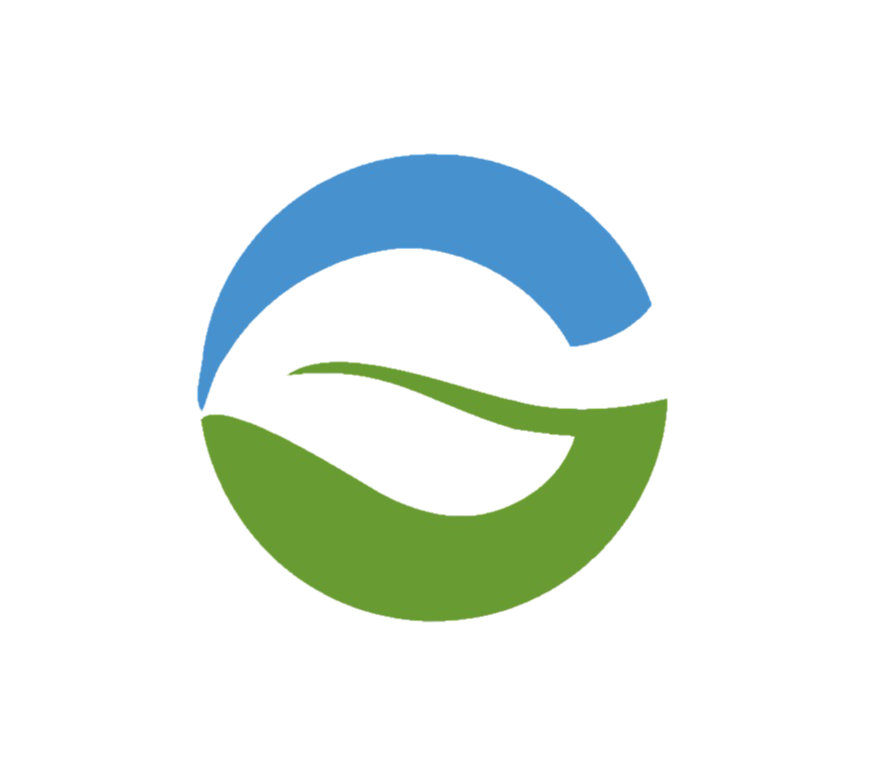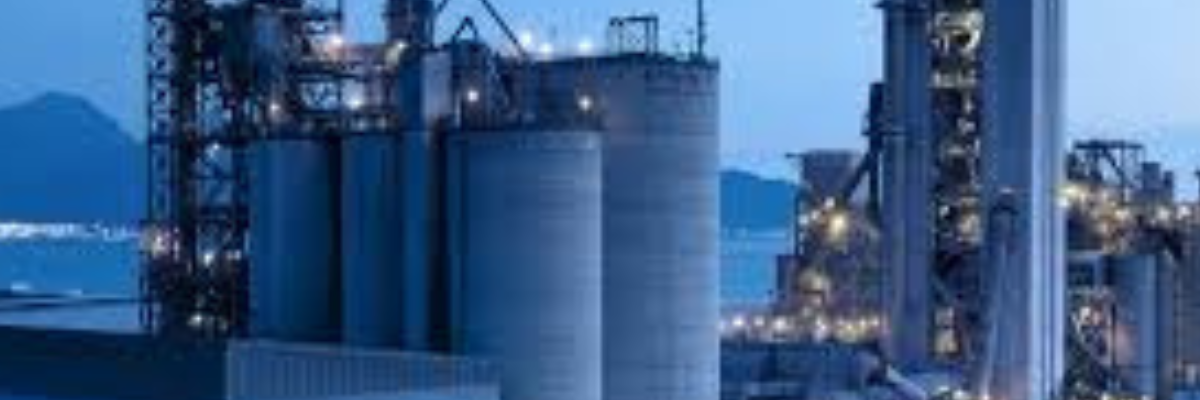Zero Liquid Discharge (ZLD) is an advanced wastewater treatment process that ensures no liquid waste leaves an industrial facility, meaning all wastewater is treated, recycled, and reused within the facility, leaving only solid waste. This method is becoming increasingly important for industries due to environmental, regulatory, and sustainability considerations. Here’s why ZLD is critical for industries:
1. Environmental Protection
- Minimizes Water Pollution: ZLD systems prevent the discharge of harmful contaminants into water bodies, which reduces pollution in rivers, lakes, and oceans.
- Prevents Groundwater Contamination: By containing and treating all wastewater, ZLD helps prevent hazardous chemicals from seeping into and contaminating groundwater, protecting ecosystems and public health.
2. Regulatory Compliance
- Stricter Environmental Regulations: Many regions have tightened regulations regarding wastewater discharge limits. ZLD helps industries comply with these regulations by completely eliminating liquid discharge, avoiding fines and penalties.
- Permitting Advantages: ZLD facilities may find it easier to obtain or renew environmental permits since their impact on water bodies is significantly reduced.
3. Water Conservation
- Efficient Water Use: ZLD systems recover and recycle up to 95-99% of the water from industrial processes. This is especially critical for industries operating in water-scarce regions, where water availability is limited.
- Reduces Freshwater Demand: By recycling wastewater, industries can dramatically reduce their dependence on freshwater sources, conserving local water resources for other uses, such as agriculture or community needs.
4. Cost Savings in the Long Run
- Reduction in Water Procurement Costs: With water becoming an increasingly expensive and limited resource, recycling water internally through ZLD can lead to significant savings over time.
- Avoiding Wastewater Treatment Costs: By treating water onsite and eliminating discharge, industries can avoid external wastewater treatment and discharge fees.
- Value from By-products: Some ZLD processes allow the recovery of valuable materials, such as salts and minerals, which can be reused or sold, generating additional revenue streams.
5. Improved Corporate Sustainability
- Sustainability Goals: Many companies aim to improve their sustainability profiles. Implementing ZLD helps industries achieve their zero-waste and water-neutral goals, which are increasingly demanded by consumers, investors, and stakeholders.
- Corporate Social Responsibility (CSR): ZLD can enhance a company’s image as an environmentally responsible entity, improving brand reputation and consumer trust.
6. Mitigating Risks from Water Scarcity
- Resilience in Drought-Prone Areas: For industries operating in regions with limited water supply or prone to droughts, ZLD offers a way to secure water availability by recycling every drop used in production processes.
- Future-Proofing Against Water Scarcity: As global water scarcity becomes more prominent, industries with ZLD systems are better positioned to continue operations without being affected by water shortages.
7. Avoiding Environmental Liabilities
- Reduced Risk of Spills and Accidents: Without liquid discharge, the risk of environmental incidents, such as toxic spills or accidental releases into natural water bodies, is eliminated.
- Avoids Legal Consequences: Industries that adopt ZLD practices are less likely to face lawsuits or remediation costs associated with water contamination or non-compliance with environmental standards.
8. Recovery and Reuse of Chemicals
- Chemical Recovery: Many ZLD systems allow for the recovery of chemicals used in the production process. These chemicals can be reused, reducing the need to purchase new materials and minimizing waste.
- Process Optimization: This chemical recovery leads to improved efficiency and reduced input costs for the company, especially in industries like textiles, pharmaceuticals, and power generation.
9. Adaptability to Different Industrial Sectors
- Cross-Sector Application: ZLD is adaptable to various industries, including:
- Power plants: To manage wastewater from cooling processes.
- Textiles: To reduce pollution from dyeing processes.
- Pharmaceuticals: To handle chemical-laden effluents.
- Mining and Metallurgy: To recover valuable minerals from wastewater.
10. Alignment with Global Sustainability Trends
- Circular Economy Contribution: ZLD aligns with the principles of the circular economy by ensuring that water is continuously reused, reducing the overall demand for raw water.
- Climate Action and Resource Efficiency: ZLD can be part of broader efforts to reduce industries’ environmental impact, contributing to global climate goals and the efficient use of resources.
Conclusion
Zero Liquid Discharge (ZLD) is becoming essential for industries due to its environmental, economic, and regulatory advantages. By ensuring the complete reuse of water, ZLD contributes to sustainable water management, reduces environmental pollution, and helps industries become more resilient to water scarcity. Implementing ZLD systems also positions companies as leaders in corporate sustainability and compliance with evolving environmental standards.


Recent Comments